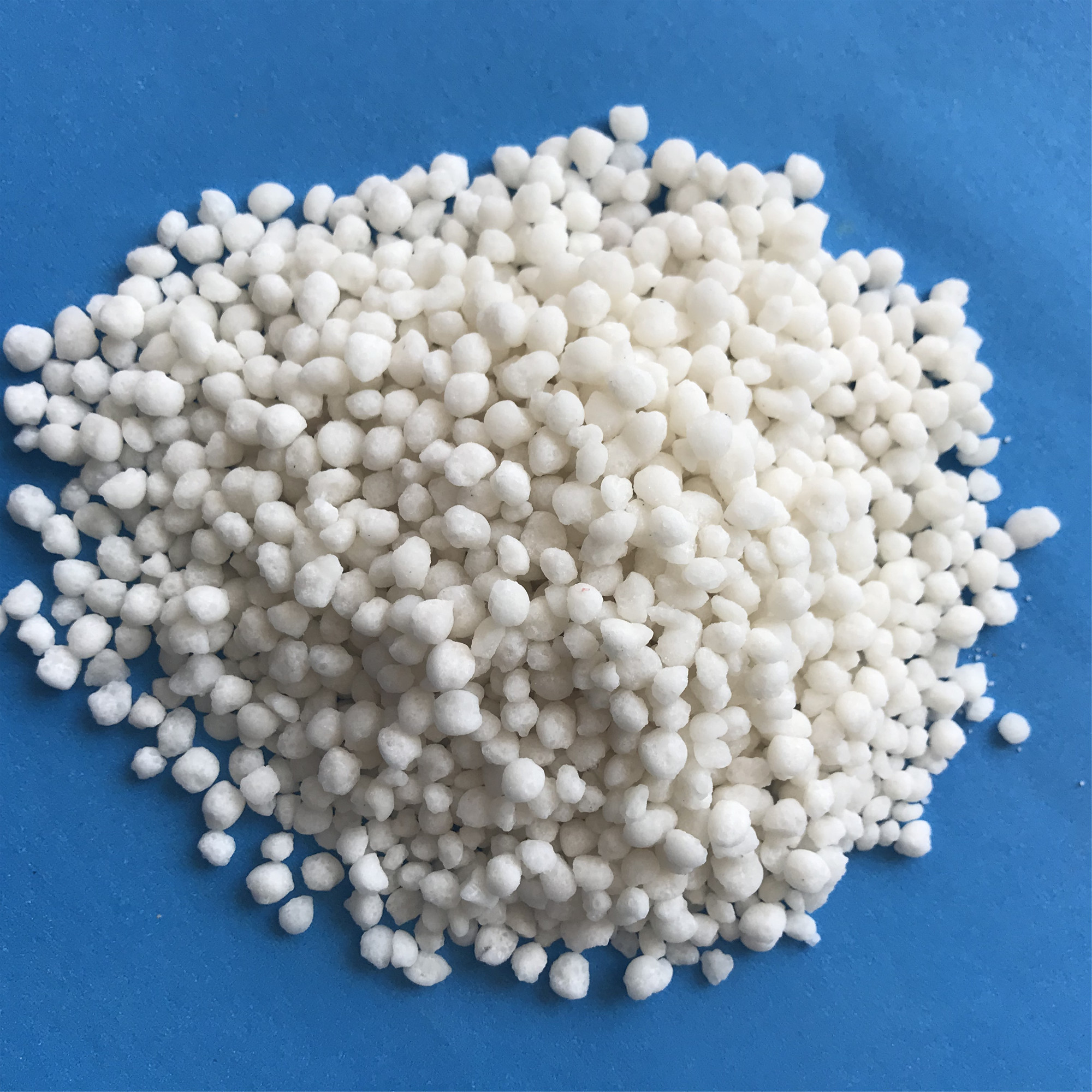



Application of Sodium Hydroxide in the Paper Manufacturing Process
The Use of Sodium Hydroxide in the Paper Industry
Sodium hydroxide, commonly known as caustic soda, is a versatile and highly effective chemical widely utilized in various industrial applications. One of its most significant roles is in the paper industry, where it is essential for the pulping and bleaching processes. This article explores the crucial functions of sodium hydroxide in the paper manufacturing process, its benefits, and its environmental implications.
The Role of Sodium Hydroxide in Pulping
The production of paper begins with the processing of raw materials, predominantly wood chips or other cellulose sources, into pulp. This transformation generally involves the removal of lignin, a complex organic polymer that gives wood its rigidity and strength, while preserving the cellulose fibers necessary for paper making. Sodium hydroxide plays a vital role in this separation process through a method known as chemical pulping.
In alkaline pulping processes, such as the kraft process, sodium hydroxide is used as a cooking chemical. When wood chips are cooked in a solution containing sodium hydroxide, the caustic soda dissolves lignin, thus liberating cellulose fibers. The benefits of using sodium hydroxide in this phase are manifold. It not only improves the yield of cellulose but also enhances the strength and quality of the final paper product. Unlike other pulping methods, the kraft process allows for a more efficient recovery of chemicals, leading to a more sustainable operation.
Bleaching Process
After the pulping stage, the pulp often contains residual lignin, which can impart undesirable color and affect the brightness of the finished product. To achieve a high-quality paper, the pulp must undergo a bleaching process. Here again, sodium hydroxide proves invaluable. In combination with other bleaching agents, it helps further remove lignin and enhances the brightness and whiteness of the pulp.
The use of sodium hydroxide in the bleaching stage reduces the need for more harmful chemicals, such as chlorine, thereby minimizing the production of dioxins and other toxic byproducts associated with traditional bleaching processes
. This shift not only improves the environmental profile of paper production but also aligns with industry trends toward greener production methods.use of sodium hydroxide in paper industry

Benefits of Sodium Hydroxide
The advantages of incorporating sodium hydroxide in paper manufacturing extend beyond its technical effectiveness. Economically, sodium hydroxide is an affordable and widely available chemical, making it an accessible option for many paper mills. Its use can also lead to cost savings by maximizing cellulose yield and minimizing waste.
Moreover, sodium hydroxide contributes to the overall sustainability of the paper industry. The ability to recover and reuse chemicals in the kraft process means that less raw material is required, allowing for the efficient use of resources. This closed-loop approach not only conserves energy and raw materials but also significantly reduces the environmental footprint of paper production.
Environmental Considerations
Despite the benefits of using sodium hydroxide, it is vital to consider its environmental implications. Sodium hydroxide is highly caustic and poses risks to human health and the environment if not handled properly. Therefore, proper safety protocols must be in place to prevent exposure and to manage any chemical spills that might occur during manufacturing processes.
Additionally, the waste generated during the pulping and bleaching processes must be treated adequately to prevent water pollution. Efforts are being made within the industry to develop more eco-friendly practices, such as the implementation of closed-loop systems and the use of advanced water treatment technologies, which can mitigate the environmental impacts associated with sodium hydroxide usage.
Conclusion
In summary, sodium hydroxide is a critical component in the paper industry, facilitating efficient pulping and bleaching processes that enhance product quality and sustainability. While it presents certain environmental and health challenges, responsible management and innovative practices can help mitigate these risks. As the industry continues to evolve, the use of sodium hydroxide remains fundamental in meeting both economic and environmental objectives, paving the way towards a more sustainable paper production future.
-
Why Sodium Persulfate Is Everywhere NowNewsJul.07,2025
-
Why Polyacrylamide Is in High DemandNewsJul.07,2025
-
Understanding Paint Chemicals and Their ApplicationsNewsJul.07,2025
-
Smart Use Of Mining ChemicalsNewsJul.07,2025
-
Practical Uses of Potassium MonopersulfateNewsJul.07,2025
-
Agrochemicals In Real FarmingNewsJul.07,2025
-
Sodium Chlorite Hot UsesNewsJul.01,2025










